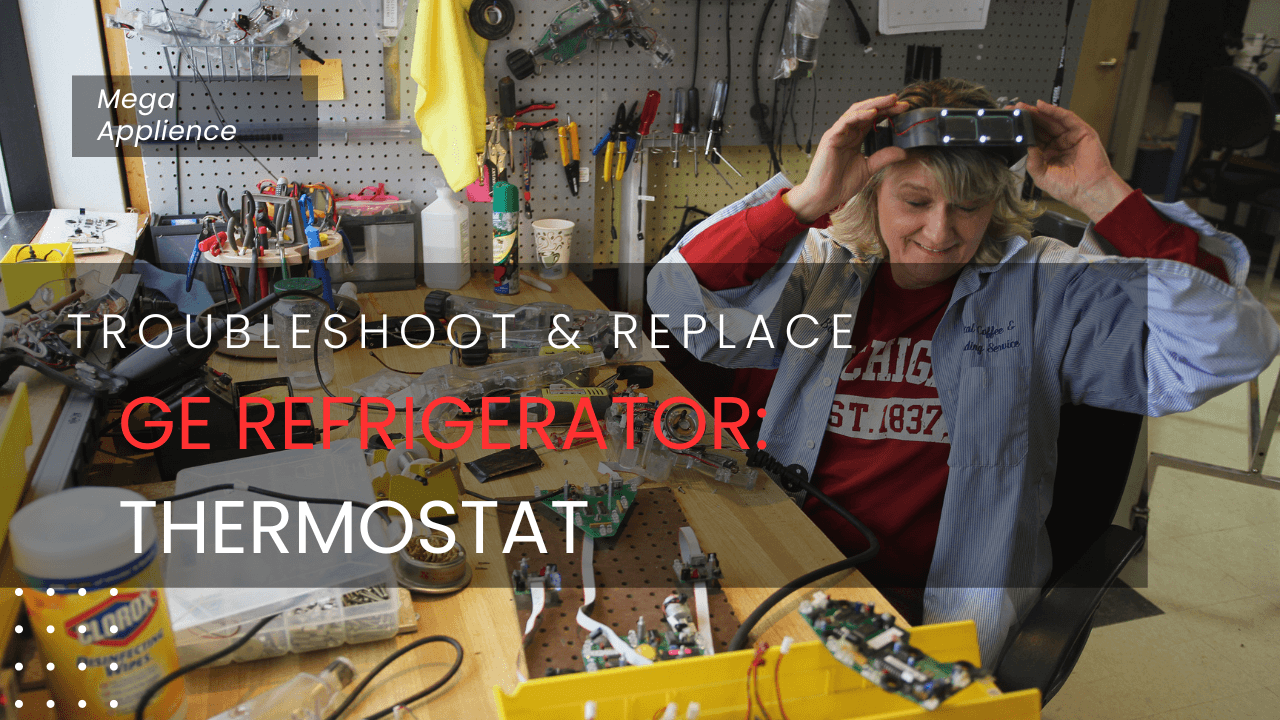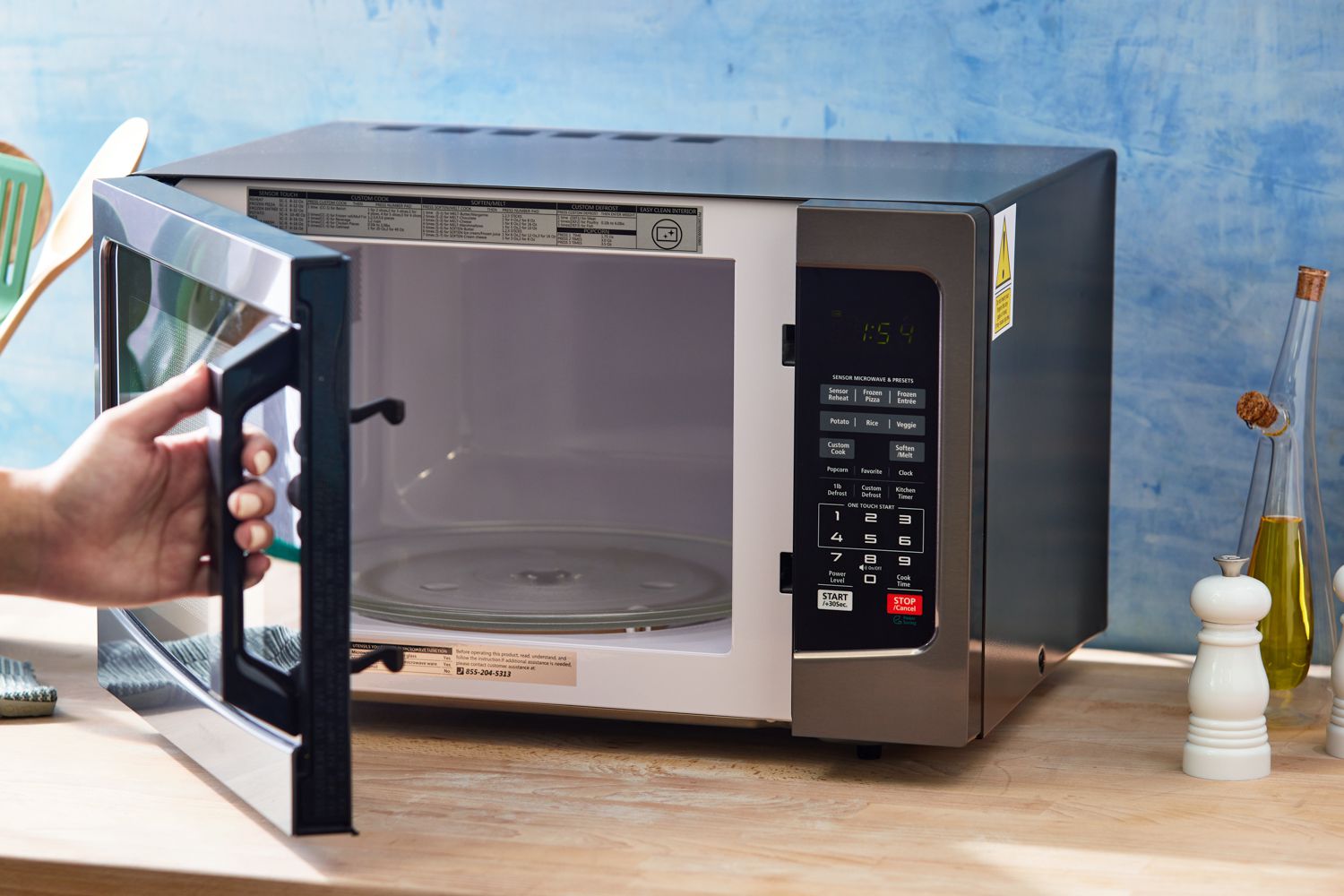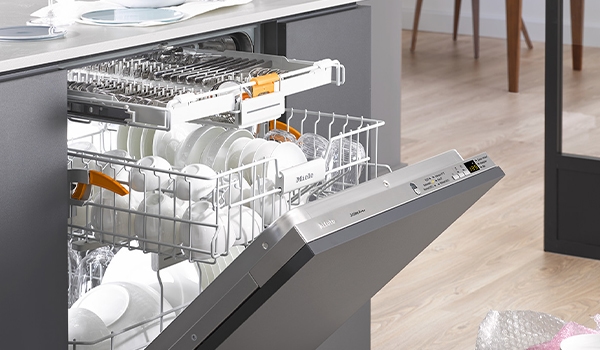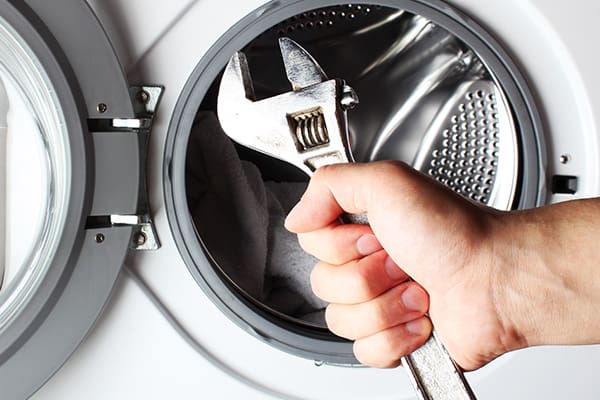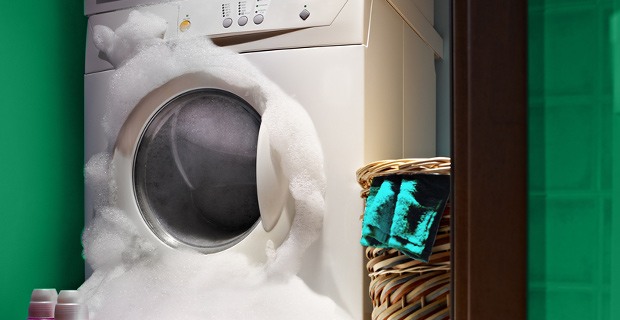GE Refrigerator not Working: Guide to Troubleshoot and Replace
The Heart of the Refrigerator: The Thermostat
You wouldn't drive a car without a functional speedometer, right? Think of the thermostat in your refrigerator as its speedometer. This vital component plays a pivotal role in ensuring that your fridge runs efficiently, keeping your food and beverages at their optimal temperatures. But, what happens if it malfunctions?
Having spent years delving into the nuances of home appliances, I've come across many refrigerators that faced issues stemming from a faulty thermostat. Based on my experience, a refrigerator without a properly functioning thermostat can encounter problems such as disrupted water lines, the dreaded frost buildup, and, perhaps the most concerning for homeowners, a spike in electricity consumption.
This hike not only affects your monthly bill but over time, can also affect the longevity of your beloved fridge.
Signs Your Refrigerator Thermostat Isn’t Working
As someone who's spent a considerable amount of time troubleshooting and repairing refrigerators, I can attest to the fact that recognizing the signs of a malfunctioning thermostat early on can save you from more significant headaches down the road. And it's not just about the inconvenience; it's about preventing the potential loss of your food and the dollars that go with it.
The Dangers of a Misbehaving Thermostat:
A refrigerator is more than just a metal box; it's an environment. Within its walls, it carefully balances temperatures to keep your food fresh and your beverages chilled. But when the thermostat isn’t doing its job correctly, the balance is disrupted.
This can lead to the refrigerator failing to cool, or alternatively, becoming too cold. Both scenarios are problematic – while the former can result in food spoilage, the latter can cause your fresh produce to freeze. It can also cause a misbehaviour in the Ice Maker in your GE Refrigerator.
Quick Troubleshoot:
Before you jump to conclusions, consider resetting the thermostat. How do you do that? Simple. Adjust the temperature setting by a degree or two and wait to see if there's any change. Sometimes, it's a minor hiccup that needs a simple nudge.
For those less tech-savvy, it's similar to rebooting your computer when it starts to act up. But remember: always unplug your appliance before making any adjustments to avoid electrical hazards.
However, if you’ve tried this and your refrigerator still isn't performing as expected, it might be time to call in the experts. I’ve seen numerous instances where DIY attempts have led to more significant problems. Hence, if you're unsure or if the problem persists, seeking a technician who specializes in refrigerator repairs is the wisest course of action.
Unusually Cold Refrigerator
We've all been there. You reach into your refrigerator to grab a tomato for your sandwich, only to find it's frozen solid! While it might make for an amusing anecdote, it's a telling sign that something's amiss.
The Culprit – A Faulty Thermostat:
When the inside of your fridge feels more like the Arctic than a cool oasis, a malfunctioning thermostat is often to blame. Its primary function is to regulate temperatures, so if it's not doing its job, you might just find your lettuce turning into icicles.
Checking the Temperature:
A handy tool I always recommend having is an appliance thermometer. By placing it inside your fridge, you can get a clear reading of the internal temperature. If you find the temperature is colder than usual, try adjusting the thermostat settings. Increase the temperature a few degrees and check back in a day to see if there's been a change.
Remember the experience I shared about the frozen tomato? It turned out that the thermostat was indeed faulty. The homeowner adjusted the settings, waited a day, and the refrigerator was back to its optimal temperature. But sometimes, the problem might be more deep-rooted.
If, after making adjustments, you find your veggies still turning into popsicles, it's time to get professional assistance. The thermostat might need to be replaced, and believe me, having an expert handle this is always the best choice.
Refrigerator Temperature Fluctuation
A refrigerator is a place of harmony for your perishables. But what happens when that harmonious environment starts to experience mood swings in terms of temperature? Not only does it put your food at risk, but it can also impact the efficiency of your refrigerator.
The Goldilocks Zone for Refrigerators:
Every refrigerator has a 'just right' temperature range where it's neither too cold nor too warm. According to the FDA, perishable food should be stored at or below 40°F, while the freezer should be at 0°F. This isn't just a recommendation; it's a guideline to ensure the longevity of your food items and prevent them from becoming a breeding ground for bacteria.
But here's something crucial I've noticed in my time working with appliances: not every thermometer is fit for cold temperatures. It’s essential to avoid glass thermometers as they can break easily, posing a potential hazard in your fridge.
Most refrigerators come with manuals that provide guidance on temperature settings. I always advise my clients to keep these manuals handy. They contain nuggets of wisdom that can come to your rescue when faced with temperature-related issues.
How to Replace GE Refrigerator Thermostat?
Having worked with numerous brands over the years, I have a special place in my heart for GE models. They are sophisticated, efficient, and sometimes, like every appliance, require a bit of TLC.
Where Is the Thermostat Located?:
Generally, in GE refrigerators, the thermostat can be found in one of two locations: the temperature control hub or near the evaporator coil. Each location has its method for replacement, so identifying the right spot is step one.
Replacing the Thermostat:
- Temperature Control Hub:
- Start by unplugging your refrigerator. Safety first!
- Remove the control knob. It should slide off or can be gently pried.
- Use a screwdriver to remove screws securing the temperature control assembly.
- Carefully disconnect the thermostat wires. Make a note of which wire goes where.
- Remove the old thermostat and install the new one, connecting the wires as they were.
- Reattach the temperature control assembly and the control knob.
- Evaporator Coil Location:
- After unplugging the refrigerator, remove any shelving or drawers that might block access to the back panel inside the freezer.
- Unscrew and remove the back panel.
- You'll see the evaporator coil and the thermostat clipped to it.
- Gently remove the clip and unplug the wires from the thermostat.
- Attach the new thermostat, reconnect the wires, and clip it back onto the evaporator coil.
- Reinstall the back panel and any shelving or drawers you removed.
For visual learners, there are several video guides like this one available online that detail this process for GE refrigerators. It's always a good idea to watch these before attempting a DIY replacement.
Best Temperature Setting for GE Refrigerators
Over the years, I've encountered a recurring question: "What's the best temperature setting for my GE refrigerator?" It's a valid query, given that the correct setting ensures your food remains fresh and your appliance runs efficiently.
Ideal Settings:
For most GE refrigerators, the recommended setting for the fresh food section is between 37°F and 40°F. As for the freezer, aim for 0°F. These settings strike a balance between energy efficiency and optimal food preservation.
Making the Adjustment:
Modern GE refrigerators come with easy-to-use digital controls. Use the arrow or +/- buttons to set the desired temperature. Older models might have a dial; in that case, turn the dial to the recommended setting.
Conclusion
Your refrigerator's thermostat isn't just another component; it's the guardian of your food's freshness. Regular checks and prompt attention to any irregularities can save you money, preserve your food, and prolong the life of your appliance.
Remember, a well-maintained thermostat is the key to a happy, healthy refrigerator. For more insights and tips on home appliances and maintenance, don't hesitate to explore our blog. Your home deserves the best care, and we're here to guide you every step of the way.
If the issue does not seem to be solved with what you have done, call us at +1 (832) 684-1190 and get a technician to look at your problem.


